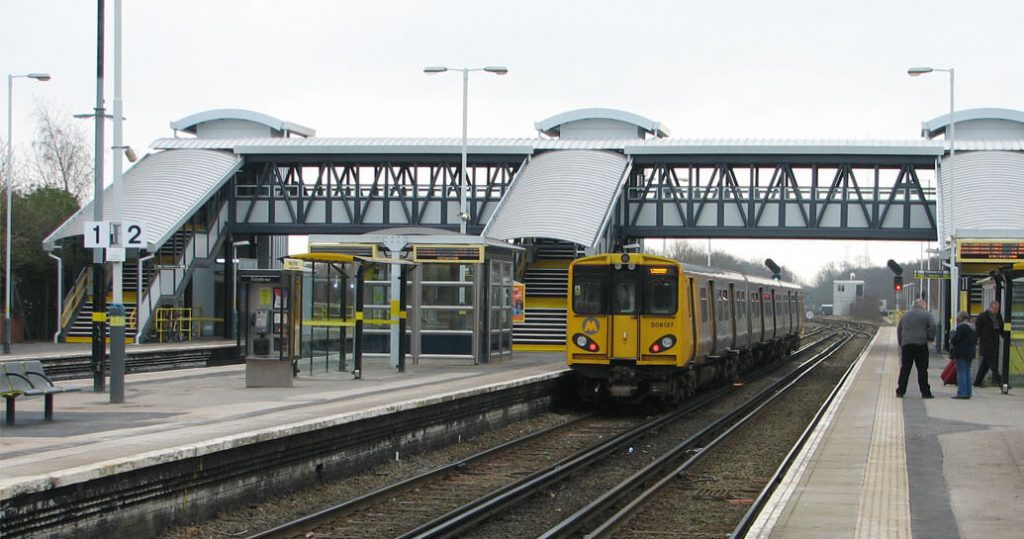The Access for All Programme provides an obstacle free, accessible route to and between platforms.
As part of the Government’s Inclusive Transport Strategy announced 25th July 2018, further funding up to £350m has been secured to continue with the Access for All Programme in Control Period 6, including £20m for smaller projects under the Mid-Tier Programme.
The Chancellor of the Exchequer delivered his Budget to Parliament on 11 March 2020 and announced additional station accessibility funding:
The government will invest £50 million to improve accessibility at 12 stations, including Newtown in Powys, Beeston in Nottinghamshire, Eaglescliffe in County Durham, and Walkden in Greater Manchester. This will expand the programme of station upgrades being undertaken through the Department for Transport’s Access for All initiative.
Access for All Control Period 6
The 73 successful stations for Control Period 6 Access for All funding, announced by Nusrat Ghani MP on the 4th of April 2019, along with the 12 stations announced by Chancellor of the Exchequer, Rishi Sunak, have been added to our interactive map below. The announcement and list of stations can be found on the Department for Transport Website.
Loraine Martins, Director of Diversity and Inclusion at Network Rail, said:
Most of the railway was designed during the Victorian era, but today we have a better understanding of how we should provide wider access and inclusion for everyone.
Thanks to the Access for All programme, we now have step-free, accessible routes at more than 200 stations across Britain, having just recently completed some improvements at Hebden Bridge station in West Yorkshire as part of a £2.2 million investment to upgrade access.
However, we know that we’ve got more to do to improve accessibility for all passengers. That’s why we will continue to work with our colleagues across the rail industry over the next five years to ensure that each and every passenger can use the railway safely, confidently and independently.
Please note that any stations that were deferred as a result of the Hendy Review are included in the programme automatically.
Inclusive design for everyone
Accessible stations make it easier for people to visit friends, get to the shops or to work. Accessibility benefits everyone – people with health conditions or impairments, people with children, heavy luggage or shopping and some older people. It’s also good for the economy and means fewer car journeys, less congestion and carbon emissions.
Inclusive design places people at the heart of the design process of our spaces and places.
Examples of accessibility improvements include:
- lifts that are automatic and give an audible tone when the doors open and close
- staircases and platform edges that have tactile warning surfaces
- new ramps and footbridges with lowered handrails
- open entrances and new ticket gates
- accessible waiting rooms and toilets.
Map of station accessibility improvements
Explore the work that we’ve completed, are in progress or are being planned.
Use the options in the title bar of the map to find out more, share or view a larger map to search by location.
Stations remain open throughout improvement work
Train services aren’t affected by improvement works, so there’s no disruption to your journey.
Funding and selecting stations
The improvements we manage and deliver are funded by the Department for Transport who also select the stations. In Scotland, ministers recommended stations to the Secretary of State for Transport. See Transport Scotland.
Occasionally local authority planning issues, heritage matters and other schemes can delay the start of works. While this is out of our control, we understand the frustration this can bring and work with our partners to resolve things as quickly as possible, keeping local communities, councillors and MPs up to date.
